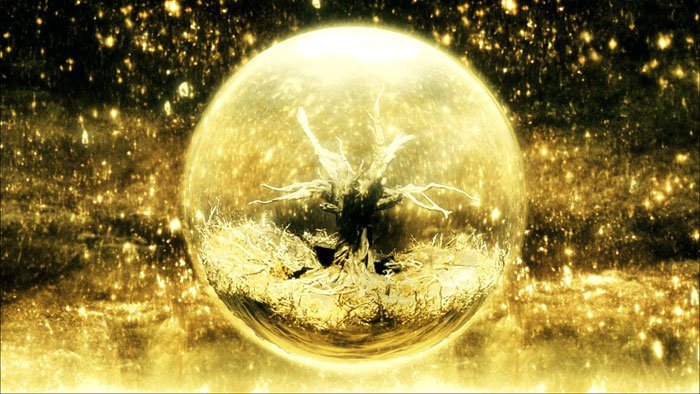The problem for Deleuze is that Western philosophy of conception of the matter is wrong, they believe that form has no forces on the inside they only come from the outside. The genesis of form and structure seem always to involve resources that go beyond the culpabilities of the material substratum.
He takes from thermodynamics key concepts needed for a theory of immanent morphogenesis such as intensity and ontological commitments. But also says that that branch of physics became obsessed with the final equilibrium forms, at the expense of the difference-driven morphogenetic process which gives rise to those forms.
Deleuze believes that the ability of topological forms to give rise to many different physical instantiations is a process of divergent actualization, topological forms are points in the space of energetic possibilities for molecular assemblage and this can guide the process that generates many other geometrical forms and he also believe in the autonomous existence of actual forms and virtual forms.
He with Felix Guattari develop two important type of structures:
- Strata: articulation of homogeneous elements (trees)
- Self-consistent aggregates: articulation of heterogeneous elements (rhizomatic structure)
Double articulation process brings homogeneous components (strata) together of a virtual process. For example ecosystems are actualization of a virtual process which links heterogeneous elements (self-consistent aggregates) through interlock and intercalation.
He also talks about the virtual potenciality versus the actual result, the distinction between the possible and the real assumes a set of predefined forms that acquire physical reality as material forms.
Acording to Deleuze this virtual processes are real and govern the genesis of all real forms, for him the same processes are found in the arts (novelist, filmmakers, painters and musicians) and understanding matter is the key to understand the underline systems that can change the history as well as our alternatives for the future.

